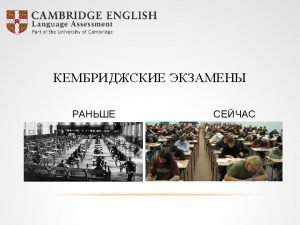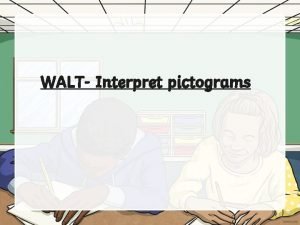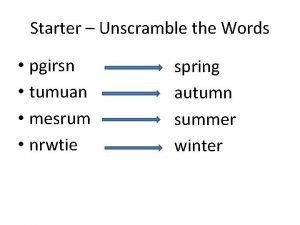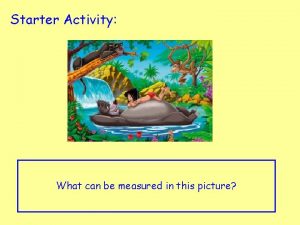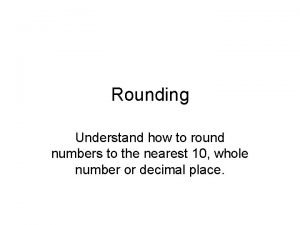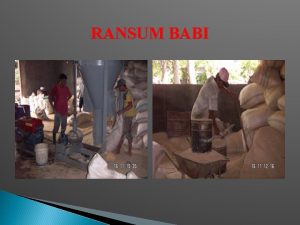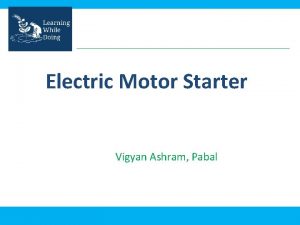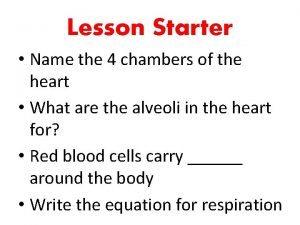Lesson Starter What is the name of the














- Slides: 14

Lesson Starter • What is the name of the Male and female sex cell in plants? • Where is the male/female sex cells produced in plants? • What are the names of the male and female parts of the plant? • What is the job of the sepal? • Why are the petals brightly coloured?

Reproduction in animals and plants Lesson 7

Lesson 7 - Learning intention To dissect the flower and examine the different reproductive structures

Flower Dissection: Method • Take a flower • Carefully use the scalpel to dissect the flower • Use the labelled diagram from last time to help you identify each structure • Stick the parts of the flower into your notes • Use the microscope to look at the pollen grains and draw what you see (on page 15)

Plant sex cells under the microscope Pollen Ovule

Plant reproduction • There are two stages of plant reproduction: Pollination and Fertilisation

Plant reproduction • The pollen grains (MALE SEX CELL) need to move from the anther (MALE) to the stigma (FEMALE) • Pollen transferred to female reproductive organ (stigma)

Pollination • SELF-POLLINATION- the transfer of pollen from anther to stigma on the SAME plant • CROSS-POLLINATION- the transfer of pollen from anther to stigma on DIFFERENT plant


Insect Pollination • Petals are large and bright • Flowers smell nice • Nectar is sweet • Pollen is stick or spikey

Wind Pollination • Petals are small and dull • Flowers are unscented • Pollen is smooth and light

Fertilisation • Fertilisation occurs after the pollen grain lands on the stigma • The pollen grain grows a tube which reaches the ovule- the pollen then travels down the tube and FUSES with the ovule to form a zygote

Fertilisation • The OVARY becomes the FRUIT and OVULES become the SEEDS • PETALS then die and drop off

Homework Page 17 for Thursday 26 th November Describe the journey taken by a pollen grain nucleus from leaving the anther to forming the seed. You can use a diagram.
 Lesson starter
Lesson starter Name three lines
Name three lines Starter mover flyer ket pet
Starter mover flyer ket pet Pictogram starter
Pictogram starter Reichstag fire who was the fire starter
Reichstag fire who was the fire starter Unscramble starter
Unscramble starter What is directional and non directional hypothesis
What is directional and non directional hypothesis Starter background
Starter background Starter activity clipart
Starter activity clipart Starter activity
Starter activity Solving equations starter
Solving equations starter Rounding starter
Rounding starter What does romeo overhear juliet saying
What does romeo overhear juliet saying Staircase starter bar
Staircase starter bar Pakan babi bunting
Pakan babi bunting


